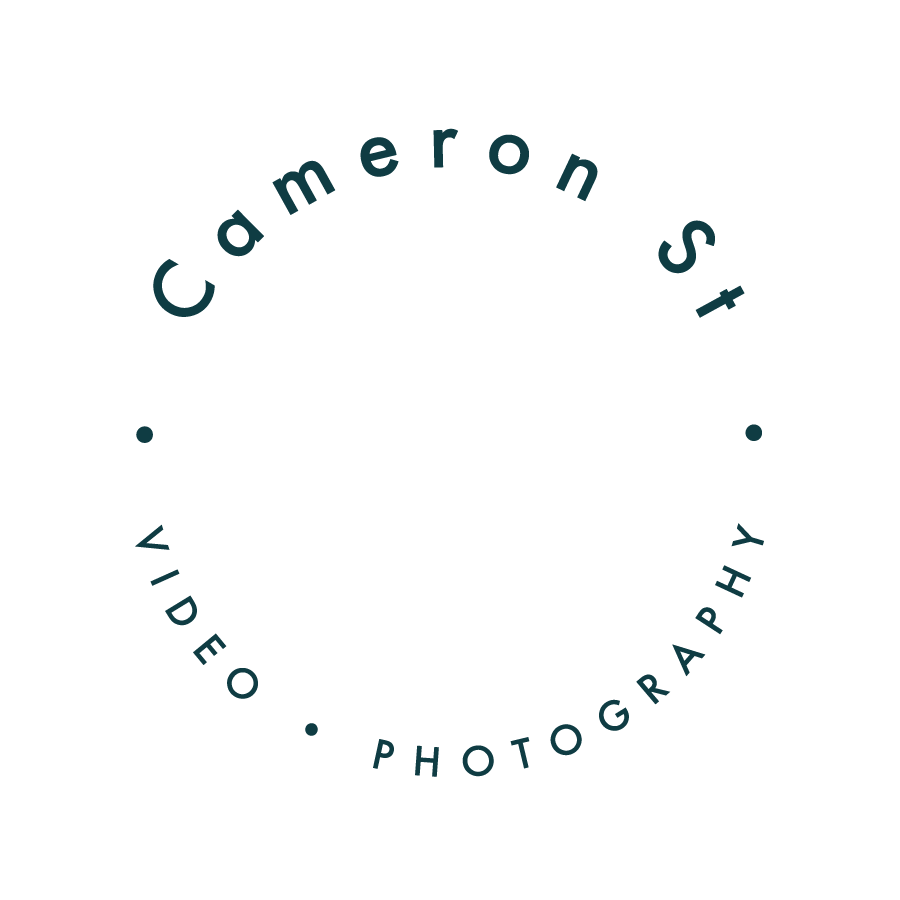March 16, 16
10 Tips for interior design photography part 2
This is the second part of my 10 tips for interior design photography. If you missed it you can find the first post here. Hope you enjoy!
6. Raw vs Jpeg – Always, always shoot in Raw mode. When shooting in Jpeg the camera compresses the image ensuring you lose a lot of data that is crucial in post processing. With a Raw file you have much more control and are able to recover data that is seemingly lost. Like blown out spots, or parts that seem completely black. For editing Lightroom and Photoshop both do an amazing job with a Raw file.
7. Space – Space in interiors is a huge dilemma. There is never quite enough space to get everything to fit in. That is where you need to get creative. Don’t be afraid to move furniture or shoot through a door. Shooting through a door can also be a great creative decision making an image unique. The image below shows this technique. It is one I took of the Ambitious Office in Hamilton. The conference room was amazing, but there wasn’t a lot of space to get it all in. So stepping outside and shooting through the door allowed for a lot more freedom.

8. Aperture – Related to the shot above is the importance of aperture. If I had a relatively low aperture like f/4 the office would have been soft and out of focus. Though at times having the background blurred can be a creative decision, it doesn’t come up often when shooting interiors. Generally you want everything to be a sharp as possible. Usually f/7.1 is what I shoot at but if there is an object very close to the camera (i.e: the doors) you definitely need to bump it up.
9. Angles – When shooting interiors you need to be very careful with the perspective. Your camera cannot angle up or down or else you get unsettling perspectives. In the photo below you can see the lens was angled up. This has an unpleasant effect as none of the lines are square, instead it looks like one of those fun house mirrors. Not what you want to be going for!

This image by contrast is squared off correctly. Both the vertical and horizontal lines are at 90 degree angles. This is much more pleasing to the eye.

10. Staging – One of the most easiest ways to get a professional photo is the staging. You want to start by decluttering. Tuck away wires, put away papers and knickknacks. Anything that is distracting the viewer from the actual room, get rid of it. When it comes to staging it is a fine balance. You want it to look beautiful and simple not obviously staged. Place things naturally. Flowers or greenery is a great place to start and can be a little bonus for the client. It adds some freshness and life. Don’t get carried away, however. If you have the table set with place mats and plate and bowls and napkins and glasses and cutlery it will be distracting. Keep and simple and clean, it has a much more calming effect. The image below exemplifies this. A bit of green in the vase, some metallic and a couple magazines add visual interest without overwhelming the viewer.

And thats it for my tips! I hope these helped and you learnt something! And if you have any questions please leave them below! Thanks for reading.

